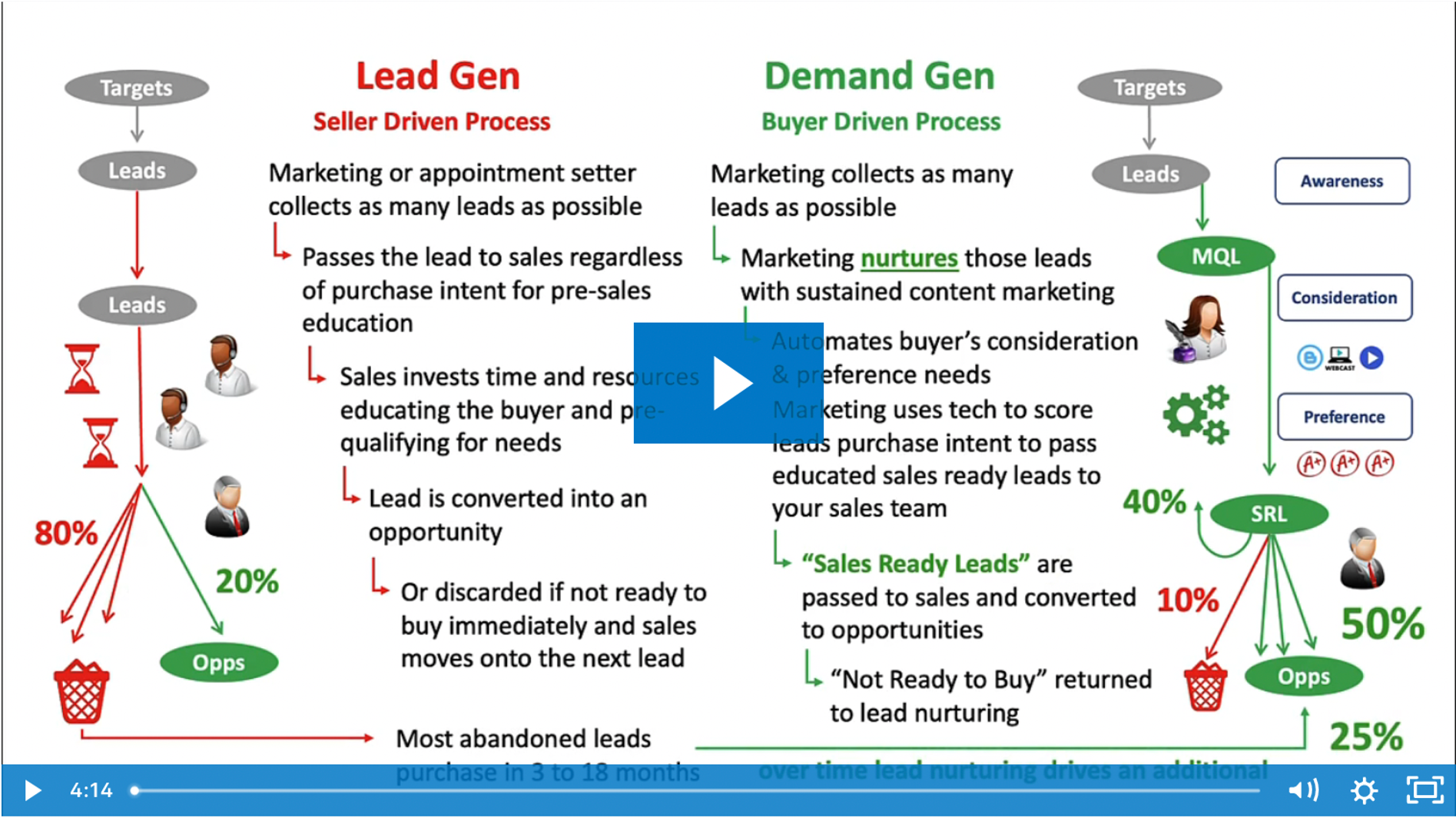
Steps in a Targeted Marketing Strategy
In this article we provide a succinct outline of the required steps in a targeted marketing strategy
Creating a targeted marketing strategy involves a systematic approach to identify and reach your ideal customers effectively. The more data you have about your target market, the better you can tailor your marketing messages and campaigns to them. Your marketing messages within your target market strategy should be consistent across all channels, creating a unified brand experience for your target market. Sales and marketing should also be aligned and on the same page sharing the same messages.
Here are the key steps in a targeted marketing strategy:
Step 1 – Define your target audience: Start by clearly defining your target market and creating buyer personas that represent your ideal customers. Consider demographics, psychographics, behaviors, and preferences of your target audience. This helps you understand their needs, motivations, and challenges. We discussed this in great detail in the article “What is a B2B Target Market”.
Step 2 – Conduct market research: Gather market intelligence and insights through market research. This includes analyzing industry trends, competitor analysis, customer surveys, and data from existing customers. Identify gaps, opportunities, and areas where your product or service can provide unique value to your target audience.
Step 3 – Set specific marketing goals: Define clear and measurable marketing goals that align with your overall business objectives. These goals should be specific, achievable, and time-bound. For example, increasing brand awareness, generating leads, driving website traffic, or improving customer retention.
Step 4 – Develop your value proposition: Craft a compelling value proposition that differentiates your offering from competitors and addresses the needs and pain points of your target audience. Clearly articulate the unique value, benefits, and solutions your product or service provides. Your value proposition should resonate with your target audience and communicate why they should choose your brand.
Step 5 – Choose targeted marketing channels: Identify the most effective marketing channels to reach your target audience. Consider both online and offline channels, such as digital advertising, social media, content marketing, search engine optimization (SEO), email marketing, events, industry publications, and partnerships. Select channels that align with your audience’s preferences and behaviors.
Step 5 – Tailor your messaging and content: Develop targeted messaging that speaks directly to your audience’s needs, challenges, and aspirations. Craft compelling content, including blog posts, videos, case studies, white papers, and social media posts, that educates, engages, and provides value to your target audience. Personalize your messaging to resonate with different buyer personas and stages of the buyer’s journey. Video can be a very powerful way to target buyers deeper in the funnel. To learn how to leverage video at different stages of the funnel read “Six Important Videos for Lead Nurturing and Demand Generation”.
Step 6 – Implement lead generation and lead nurturing marketing campaigns: Plan and execute marketing campaigns based on your target audience, goals, and selected marketing channels. Set a budget, create a content calendar, and define key performance indicators (KPIs) to measure the success of your campaigns. Continuously monitor and optimize your campaigns based on data and insights.
The Difference Between Lead Nurturing and Lead Generation
Step 7 – Measure and analyze results: Use analytics tools and metrics to measure the performance of your marketing efforts. Track key metrics such as website traffic, conversion rates, engagement levels, lead generation, and customer acquisition. Analyze the data to gain insights, identify areas of improvement, and make data-driven decisions to optimize your marketing strategy.
Step 8 – Continuously refine and adapt: A targeted marketing strategy is an ongoing process. Regularly review and refine your strategy based on market dynamics, customer feedback, and performance results. Stay updated with industry trends and changes to adapt your strategy accordingly.
Step 9 – Monitor competition: Keep a close eye on your competitors to understand their strategies, positioning, and messaging. Identify opportunities to differentiate yourself and refine your marketing approach based on competitive insights.
By following these steps and continuously refining your strategy based on feedback and results, you can create a targeted marketing strategy that effectively reaches and engages your ideal customers, driving business growth and success.
About Digital Demand Center
Targeted marketing campaigns are one of several integrated turnkey services offered for one affordable price with Digital Demand Center. To learn more about our services and our approach to fill your funnel with a sustained flow of sale ready leads please check out some of the additional content on our website below.



